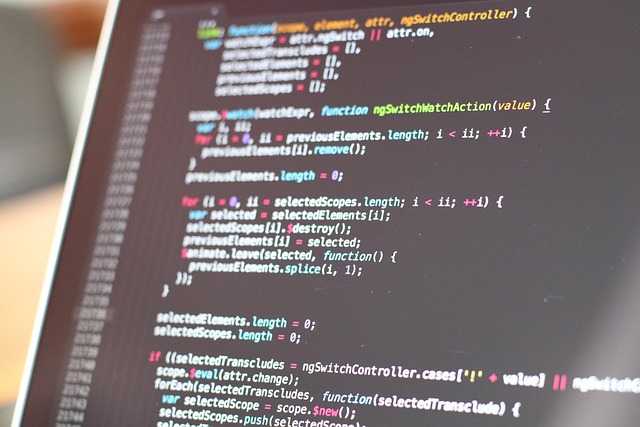
“Maximizing Hardware Performance: The Ultimate Guide to Optimization”
Maximizing Hardware Performance: The Ultimate Guide to Optimization
In the realm of hardware, one truth remains consistent: no matter how powerful your components are, their true potential often hinges on effective optimization. For tech enthusiasts, gamers, and professionals alike, understanding how to optimize hardware isn’t just a luxury—it’s essential for unlocking peak performance.
Why Optimization Matters
Imagine investing in a top-tier graphics card or the latest CPU, only to see its power underutilized due to outdated settings, inefficient cooling, or poor system configuration. Optimization bridges the gap between potential and reality, ensuring every watt, cycle, and byte delivers the best results. It’s about working smarter with your hardware, not just harder.
Steps to Effective Hardware Optimization
1. Update Drivers and Firmware
Your hardware communicates with software through drivers. Manufacturers continually refine these to patch bugs and enhance efficiency. Keeping your drivers and firmware up-to-date can unlock new features and improve stability.
2. Manage Thermal Performance
Heat is the nemesis of performance. Efficient cooling solutions—be it fans, liquid cooling, or even thermal paste upgrades—reduce thermal throttling, allowing your components to run at maximum speed for longer periods.
3. Optimize Power Settings
Power plans can influence hardware responsiveness. Switching to high-performance modes in your operating system settings can eliminate power-saving restrictions that might throttle CPU or GPU speeds during intensive tasks.
4. Enhance Storage Speed
Replacing traditional hard drives with Solid State Drives (SSDs) or NVMe drives significantly improves read/write speeds, reducing load times and data transfer delays, thus optimizing overall system responsiveness.
5. Overclock with Caution
For those comfortable with additional tweaking, overclocking can push hardware beyond factory limits. However, this requires careful testing and adequate cooling to maintain system stability.
Optimization Tools and Resources
A variety of software tools are designed to assist with hardware optimization:
- Benchmarking applications (like 3DMark or Cinebench) help evaluate performance levels before and after optimization.
- Hardware monitoring tools (such as HWMonitor or MSI Afterburner) provide real-time data on temperature and clock speeds.
- System utilities that offer driver updates and system tweaks, streamlining the optimization process.
The Emotional Connection to Optimized Hardware
When you optimize your hardware, there’s more at play than mere numbers. It’s the satisfaction of seeing your rig perform seamlessly during demanding workloads or intense gaming sessions. It’s the confidence in knowing you are extracting every ounce of capability from your investment. Optimization fosters a sense of mastery and pride in your tech setup.
In the fast-evolving world of hardware, optimization is not just a technique—it’s a passion. Embrace it, and transform your system’s potential into tangible performance gains.



